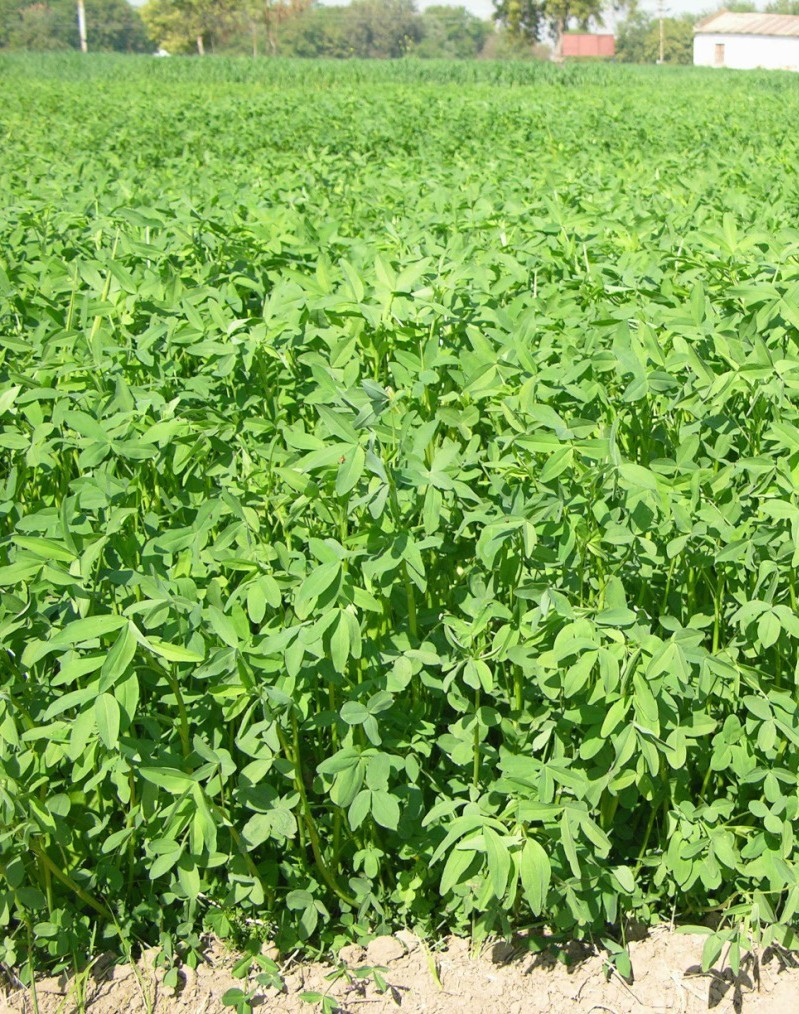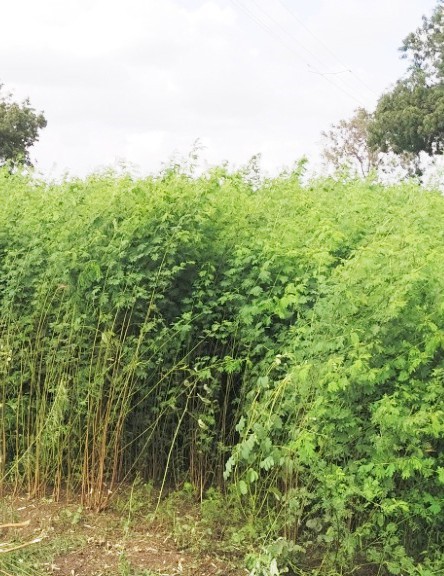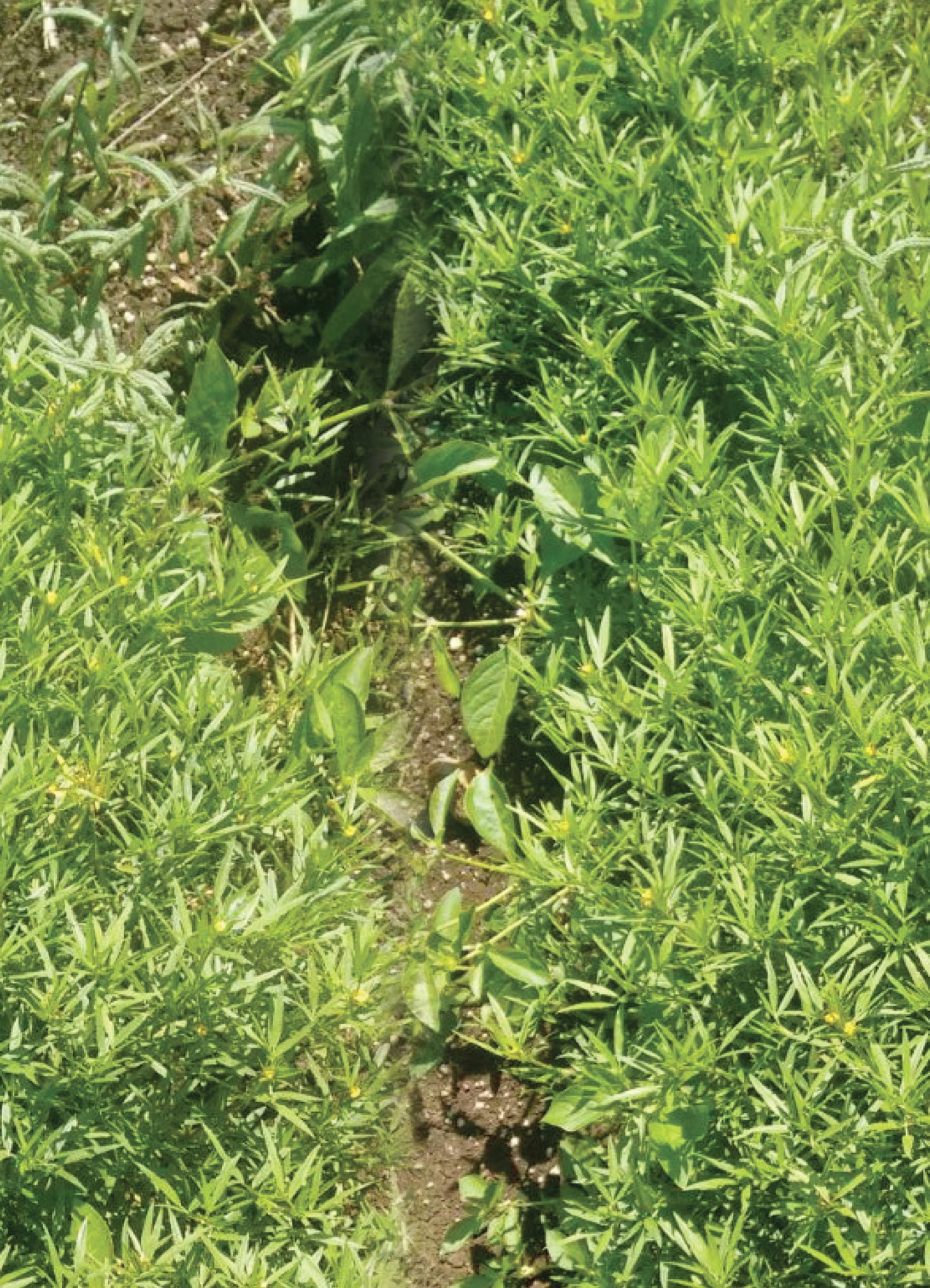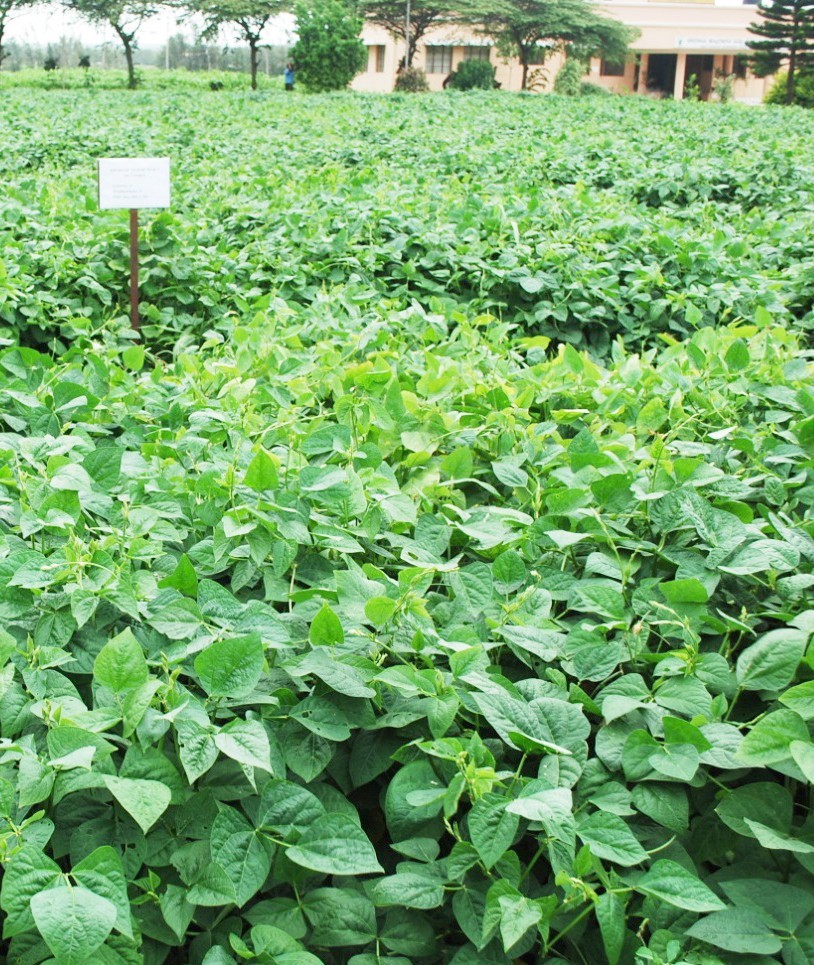| Scientific name |
Vigna unguiculata L. |
| Important features |
Important in dryland farming and usually grown as a kharif crop, it is used as a pulse, for fodder
and green manure and can be grown year round. |
| Varieties |
UPC- 625, UPC-622, Fodder Cowpea- CO (FC)-8, Konkan Fodder Cowpea-1, Bundel Lobia-2, Sweta,
Kohinoor, EC 4216, MFC 09-1, MFC-08-14. |
| When and how to plant |
It is preferably planted in June-July (rainy crop) and march-April (summer crop), 30-40 kg seed/ha
at a spacing of 30-45 cm. It thrives well between 21°C and 35°C. |
| Chemical fertilizer (kg/ha) |
15 kg N:60 kg P:30 kg P at planting. Apply less than 10 ppm sulphur in sulphur-deficient soils. |
| Farm Yard Manure (tons/ha) |
5-8 t 8-10 days before planting. |
| Irrigation |
Every 12-15 days during the rainy season and every 7-10 days in the summer.
|
| When to harvest |
Rainy season: 50-60 days (50% flowering stage).
Summer season: 70-75 days. |
| Green fodder yield (tons/ha) |
35-45 t annually.
|






